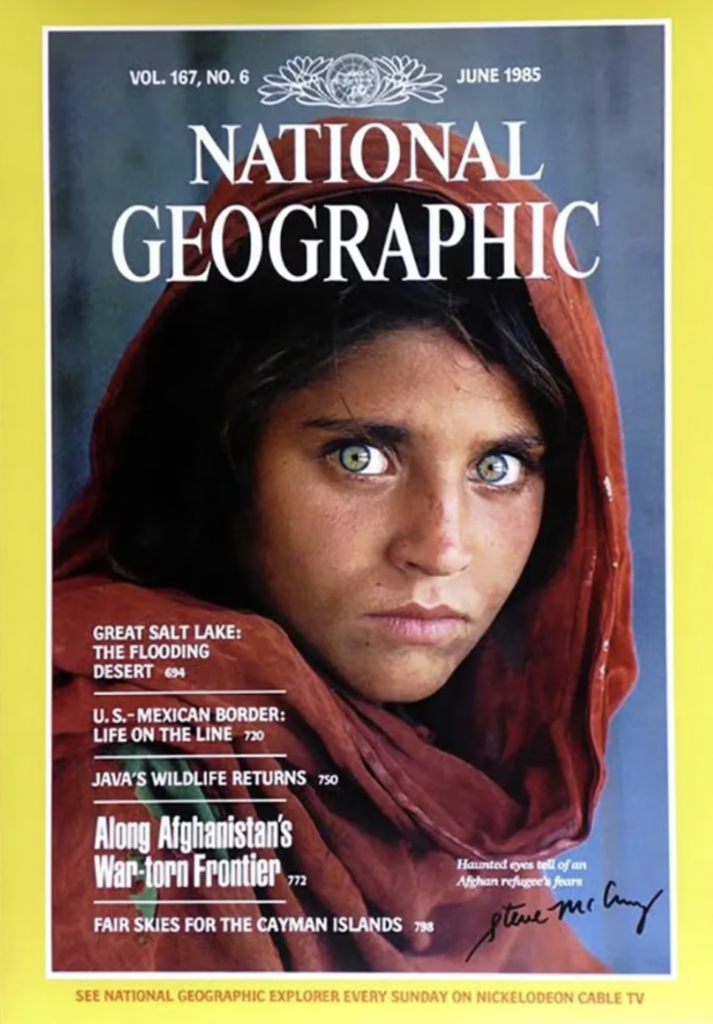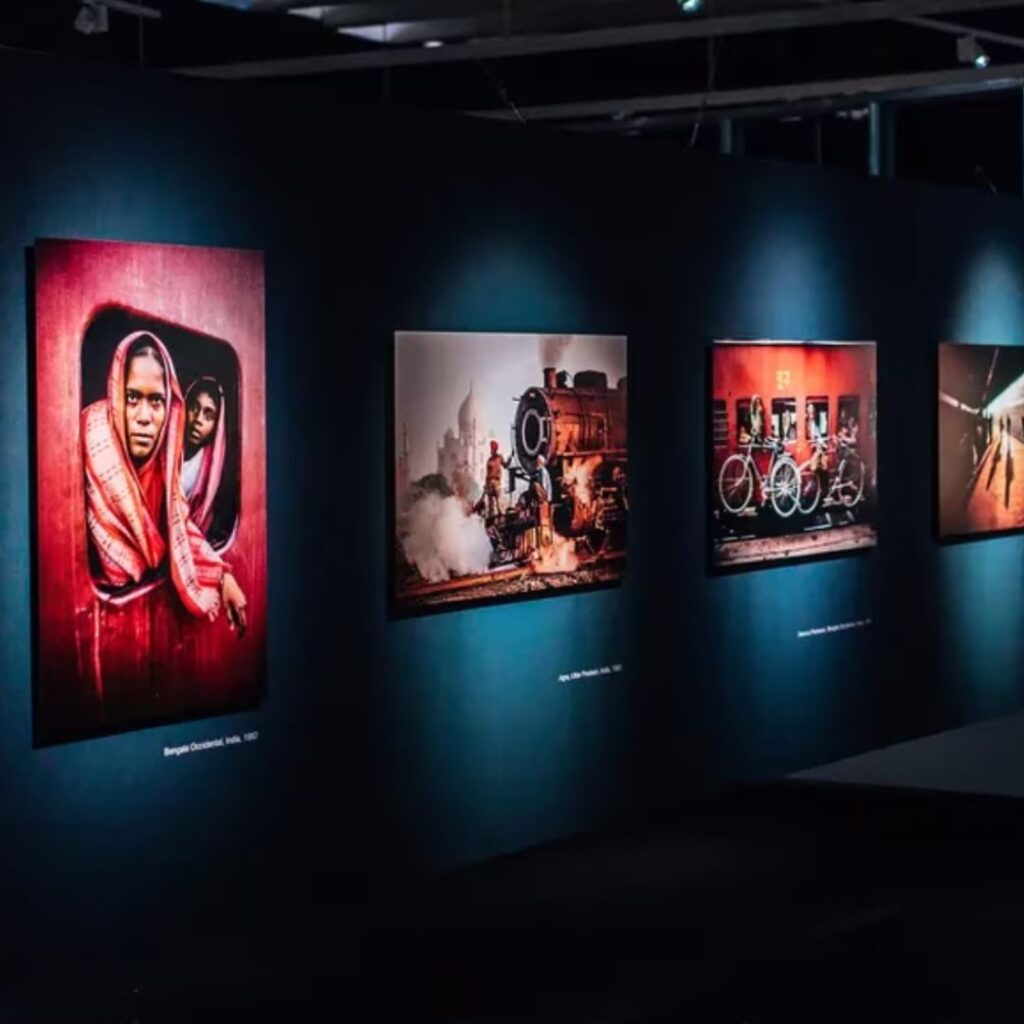La Nación
From February 15, large-format works by the award-winning American artist will be exhibited in the “Icons” exhibition, at the Frers de La Rural Pavilion
Look of panic and pride; the wide-open eyes of the Afghan girl continue to fascinate. McCurry portrayed Sharbat Gula in the Nasir Bagh refugee camp in 1984, during the Afghan war. The photo -cover of National Geographic magazine in 1985- traveled the world and became a symbol of the critical situation of refugees and victims of armed conflicts.
On February 15, the emblematic photographer returns to Buenos Aires with Icons , a retrospective curated by Biba Giacchet in which this and other of his most iconic images will be seen again . Records from Afghanistan to India, from Southeast Asia to Africa, from Cuba to the United States or from Brazil to Italy: the exhibition, with more than 100 large-format photographs, will take place in the Frers de La Rural Pavilion , the same room turned to art recently from the samples of Van Gogh and Banksy .

Steve McCurry was born in suburban Philadelphia, Pennsylvania, studied film at Pennsylvania State University and worked for a time for a local newspaper. After going freelance, he made his first trip to India; an adventure that he undertook “armed” with a bag of clothes and photographic rolls. There he learned to watch and wait. “If you’re patient, people forget your camera and let their soul out,” he said.

His career reached a turning point when, thanks to a group of Afghan refugees, after spending weeks living with the mujahideen and dressed as one of them, he crossed the Pakistani border and entered rebel-held Afghan territory just before the Soviet invasion. When he came out, he had photographic rolls sewn to his clothes with images that would go around the world for being the first to show the human face of the conflict. For this work he won the Robert Capa Gold Medal for Best Foreign Photographic Reporting , an award dedicated to photographers who display exceptional courage and initiative.
